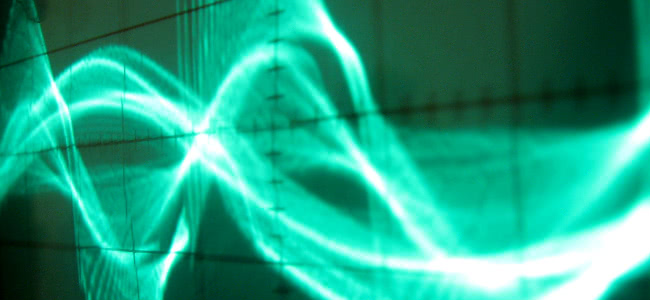Before they were the assassins that snuffed the music industry, MP3s were an experiment itching the heads of scientists at the Fraunhofer Institute in Germany. Back in the 1980s, researchers were looking for ways to make digital files smaller so they could be transferred via copper phone lines.
Eventually, they came up with a compression algorithm they dubbed, somewhat obtusely, Motion Pictures Experts Group, Layer 3, MPEG Layer 3 for short, or MP3 for even shorter. The algorithm the scientists came up with was based on the principles of psychoacoustics.
Basically, a lot of what’s actually going on inside of a song is masked by other sounds, which makes them impossible for us to hear. As A Journal of Musical Things notes, when you divest the song of these essentially inaudible elements, you can refuse the size of its digital file by a factor of ten.
[include_post id=”306773″]
But what does all of that aural fat that’s being trimmed from the digital file sound like? Well, Ryan McGuire, a Ph.D student at the University of Virginia Computer Music Centre, has figured out a way for us to hear what the MP3 algorithm strips out of a track.
McGuire has dubbed his project The Ghost In The MP3, and as you can see below, the resulting track is certainly ghostly. In order to demonstrate his method, McGuire used the same song that the Fraunhofer Institute used to create the MP3 algorithm in the first place – Suzanne Vega’s ‘Tom’s Diner’.
The track comprised of all the left-out data from an MP3 version of ‘Tom’s Diner’ is a strange mix of echoes, sighs, and murmurs, with slight extracts of Vega’s original vocals seeping through. The song, which McGuire has dubbed ‘modernist’, sounds something akin to a Skype glitch mixed with something from Warp Records.



































